Once in a blue moon I’ll make a cocktail when we’re having dinner guests. Usually it’s just wine we offer, but the other day I was flipping through an old magazine, saw this recipe and decided it sounded interesting. Indeed it is – I liked it a lot. Of our 8 guests, only 4 opted to try it. I did. I tried. I liked. I’ll make it again, maybe real soon. But it’s one of those that could sneak up on you, so be careful and don’t guzzle.
All the ingredients I got out, at-the-ready, and just before guests arrived my friend Cherrie’s hubby, Bud, made these drinks. Now if you are a traditionalist with cocktails – the “give me the straight stuff” kind of person, you probably won’t like this. Maybe too frou-frou. There’s nothing in it, though, other than whiskey (Jack Daniels was what we had), orange and lemon juices, sugar, and then the 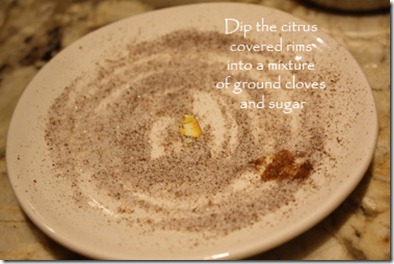 glasses or tumblers are coated in sugar that’s mixed with ground cloves. A lot of folks, I suppose, wouldn’t want to sully a good shot of Jack Daniels whiskey with sugar! Well, I did, and I liked it.
glasses or tumblers are coated in sugar that’s mixed with ground cloves. A lot of folks, I suppose, wouldn’t want to sully a good shot of Jack Daniels whiskey with sugar! Well, I did, and I liked it.
A sidecar, from its origins in London over 100 years ago was equal parts cognac, Cointreau, and lemon juice, now known as “the French school”. Later, an “English school” of Sidecars emerged, as found in the Savoy Cocktail Book (1930), which calls for two parts cognac and one part each of Cointreau and lemon juice. So, whiskey was never part of a sidecar. Who knew? Certainly not me!
Maybe I’ve mentioned it here before, but the first alcoholic drink I ever tried (I was 20) was Jim Beam bourbon and 7-up. My former father-in-law thought it would be a nice introduction for me to try it – he made a very mild one. I actually didn’t mind it, and even recently when Dave and I were in Las Vegas and went to one of the bars in a casino, I ordered one. I’m not much of a drinker in any case. My parents didn’t drink at all, and when I went to college, drinking just wasn’t “done.” It wasn’t until I was in my late 30’s, when I was single again, my friends Kathy & Peter and I took a 2-3 month course at a local college in wine appreciation, and I began drinking wine now and then. After Dave and I married, I would have a glass of wine (just one) most evenings, usually while I was cooking dinner, but as I’ve gotten older I only drink wine (or anything alcoholic) occasionally. Part of it is because I don’t need the calories. And I’m not very fond of tannic wines anymore, at any time. My DH really likes sharp, tannic wines, and to open a bottle of wine for me alone (a lighter, smoother type) would be silly. It wouldn’t get drunk in a month. But if the sharp part is tempered some – like in Sangria (I do love Sangria, and Trader Joe’s has a great one, called Sangria Ole if you haven’t tried it), well, I could be more often tempted.
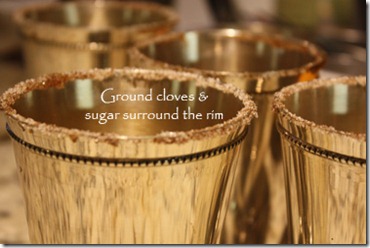 So, with this drink – where the sharpness of the alcohol is blunted with something citrusy or sweet, well, I could probably drink one of these sidecars a couple times a week if someone would make them for me! Bud did have to read and re-read the directions a couple of times to make sure he was chunking the lemons and slicing the oranges, muddling some, adding sugar here, not there. Sugar-ing and clove-ing the tumbler rims, etc. He did a great job – if there had been enough for seconds I might have succumbed. But considering the amount of whiskey, well maybe it’s a good thing I didn’t as I might not have gotten dinner on the table! I’m such a lightweight when it comes to alcohol. One drink and I’m a goner almost!
So, with this drink – where the sharpness of the alcohol is blunted with something citrusy or sweet, well, I could probably drink one of these sidecars a couple times a week if someone would make them for me! Bud did have to read and re-read the directions a couple of times to make sure he was chunking the lemons and slicing the oranges, muddling some, adding sugar here, not there. Sugar-ing and clove-ing the tumbler rims, etc. He did a great job – if there had been enough for seconds I might have succumbed. But considering the amount of whiskey, well maybe it’s a good thing I didn’t as I might not have gotten dinner on the table! I’m such a lightweight when it comes to alcohol. One drink and I’m a goner almost!
So anyway, these little numbers are fun. The recipe is from Sunset Magazine, in 2010. Tasty. Worth the trouble – but it would be nice if you’re the hostess – if you can get somebody else to do the prep and serve them for you. I’m always a one-armed paperhanger during the last 10 minutes before guests arrive. I used these silver mugs (they’re actually mint julep tumblers) to serve them in. And don’t forget to drop the one clove into each glass or mug before serving. And sip it all around the rim so you can enjoy the ground cloves which enhance the flavor a lot.
What’s good: the citrusy, sweet flavor – a very nice way to cut the sharpness of whiskey. A fun drink all around.
What’s not: probably the time to make it – not all that bad, but you do have to cut, squeeze, slice, mix, muddle, measure, and use a shaker too before you can finally pour out the drink.
printer-friendly (Cute PDF Writer) PDF
MasterCook 5+ import file – right click to save file, run MC, then File|Import
* Exported from MasterCook *
Clove Scented Sidecar
Recipe By: Sunset Magazine, 12/2010
Serving Size: 2
5 tablespoons sugar — divided (you probably won’t use it all)
1/4 teaspoon ground cloves
1 whole lemon — cut into chunks
1 whole orange
Ice
1/2 cup whiskey
2 whole cloves — for garnish
1. Mix 2 tbsp. sugar and ground cloves on a small plate. Rub one lemon chunk around the rims of two cocktail glasses. Turn rims in the clove sugar.
2. Cut orange into two slices about 1/4 in. thick; cut slices in half. Put lemon chunks, orange slices, and 3 tbsp. sugar in a cocktail shaker. Using a wooden spoon, muddle together the fruit and sugar until fruit is broken up.
3. Add about 1 cup ice and whiskey to cocktail shaker. With lid securely fastened, shake vigorously to blend, then strain into the sugared glasses. Garnish each with a whole clove.
Per Serving (not accurate – it assumes you eat all the sugar plus the orange and lemon, which you don’t): 308 Calories; 2g Fat (6.8% calories from fat); 1g Protein; 46g Carbohydrate; 4g Dietary Fiber; 0mg Cholesterol; 18mg Sodium.





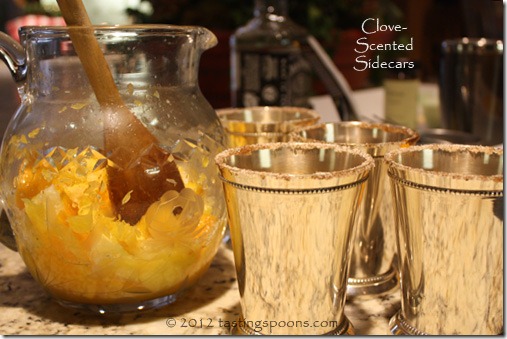

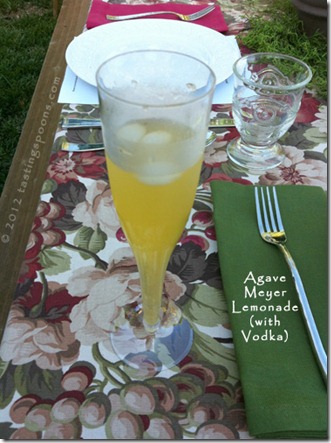
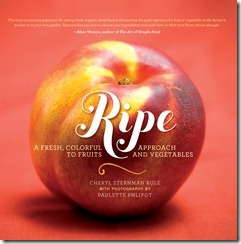

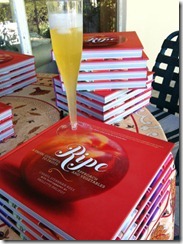
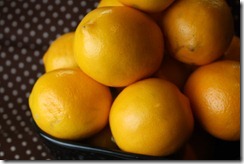
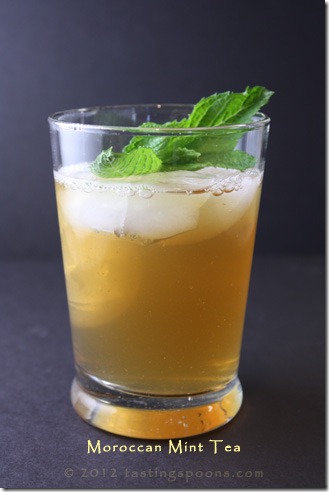

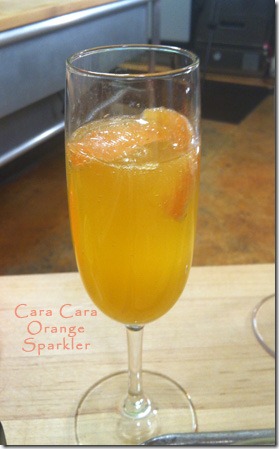

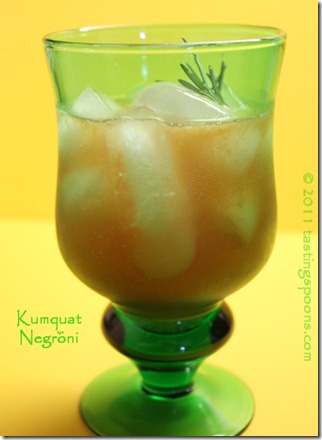
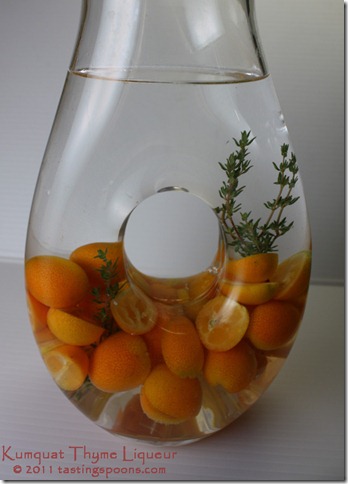

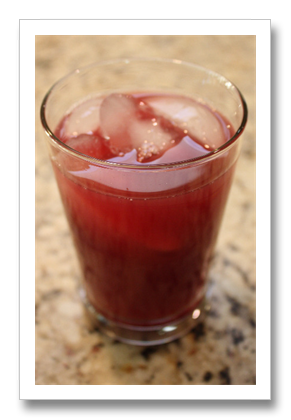
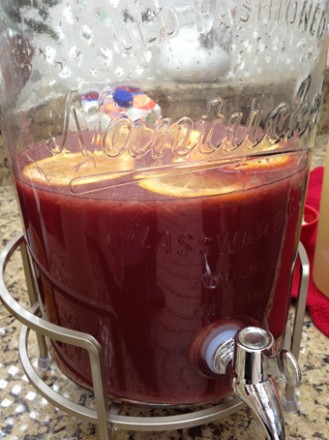
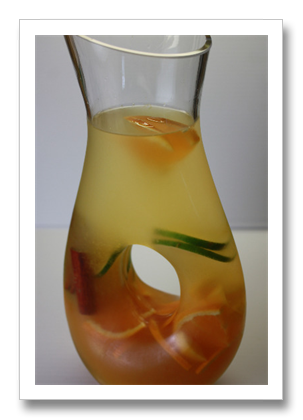
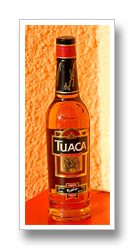
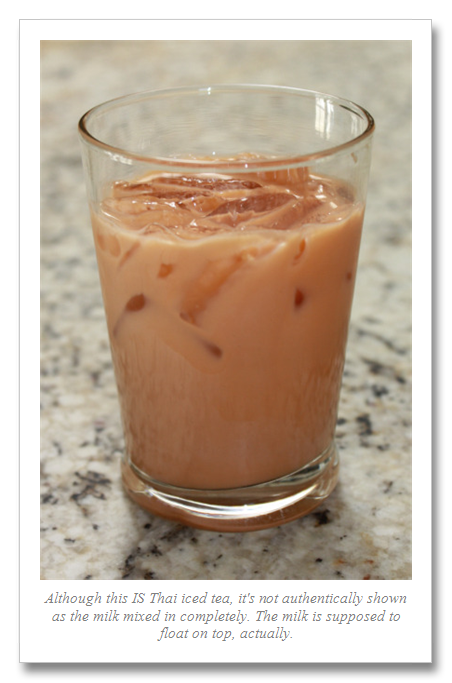
Leave a Comment!